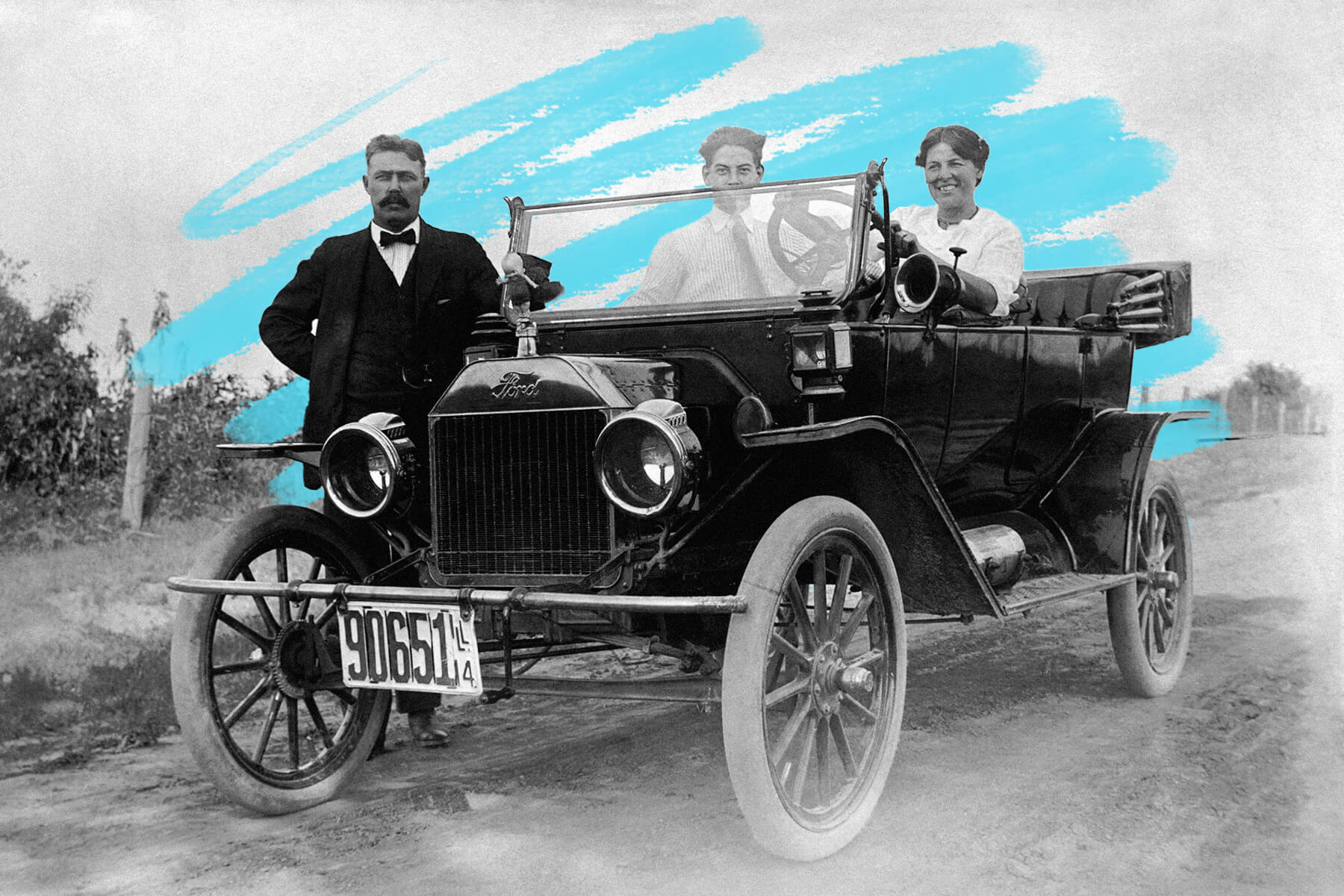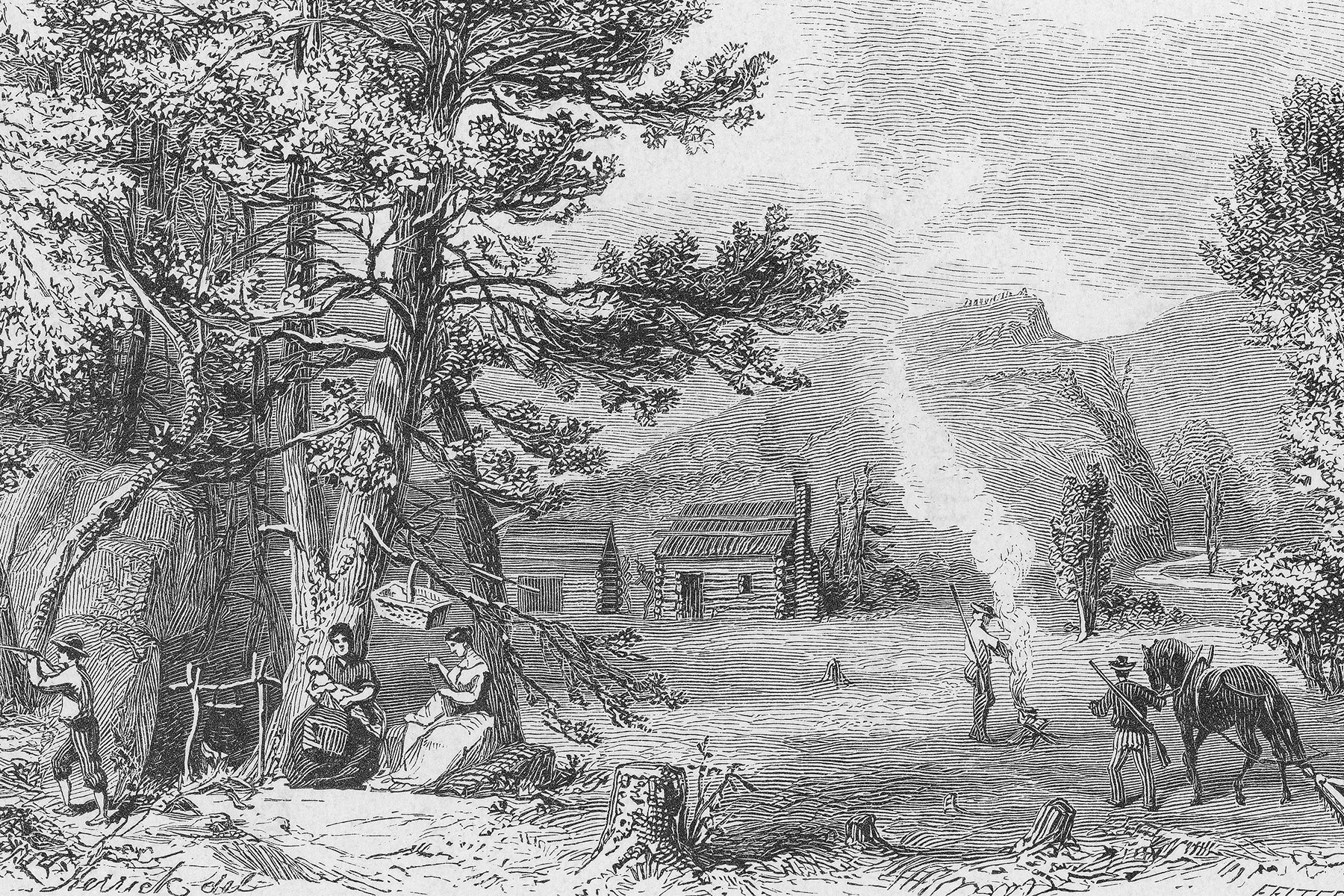Model T Fords were all black because the paint dried faster. |
Science & Industry |
 |
| |
| There's a commonly held belief that Ford only produced black cars because black paint dried faster. That's true to some extent, but the time-saving benefit was due to the kind of paint the company used, which was only available in dark colors. In 1914, Ford switched to oven-baked paint, which cured in 400-degree heat within an hour instead of air-drying, which required up to 24 hours. The oven-baked colors contained Gilsonite, a special kind of asphalt, which limited the color palette to black and very dark hues. Black was the cheapest to make and the most durable, and painting all the cars one color streamlined the process, too. | |
| Model Ts were available only in black between 1914 and 1925. In 1926, colors started appearing in the Model T lineup once again after Ford overhauled its car designs and started using pyroxylin lacquer, a nitrocellulose-based coating. | |
 | |
 | |||
| |||
Speak the Language, Skip the Tourist Traps | |||
| Thank you for supporting our sponsors! They help us keep History Facts free. |
 | |||||||||
By the Numbers | |||||||||
| |||||||||
| |||||||||
 | |||||||||
| |||||||||
The Ford factories recycled extra Model T paint. | |||||||||
| The early Ford assembly plants were nothing if not efficient. One method they used to paint auto bodies quickly was running paint from an overhead tank through a pipe that was held up to the car as it passed down the assembly line. The application was imprecise, and a lot of paint ended up on the floor — but it didn't go to waste. Any runoff was collected and put back into the tank for future use. | |||||||||
 | |||||||||||||||||||||||||||||||||||||||||||||||||||||||
Recommended Reading | |||||||||||||||||||||||||||||||||||||||||||||||||||||||
 | |||||||||||||||||||||||||||||||||||||||||||||||||||||||
| | |||||||||||||||||||||||||||||||||||||||||||||||||||||||
 | |||||||||||||||||||||||||||||||||||||||||||||||||||||||
| | |||||||||||||||||||||||||||||||||||||||||||||||||||||||
| + Load more | |||||||||||||||||||||||||||||||||||||||||||||||||||||||
| | |||||||||||||||||||||||||||||||||||||||||||||||||||||||
| |||||||||||||||||||||||||||||||||||||||||||||||||||||||
| |||||||||
| 700 N Colorado Blvd, #513, Denver, CO 80206 | |||||||||









No comments:
Post a Comment